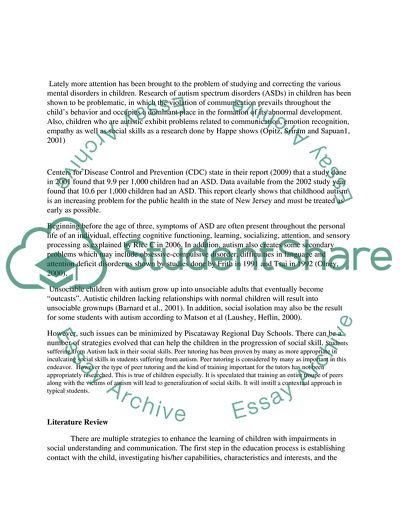Cite this document
(Social Exchange Childhood Autism Program Term Paper, n.d.)
Social Exchange Childhood Autism Program Term Paper. Retrieved from https://studentshare.org/education/1747182-social-exchange-autism-childhood-program
Social Exchange Childhood Autism Program Term Paper. Retrieved from https://studentshare.org/education/1747182-social-exchange-autism-childhood-program
(Social Exchange Childhood Autism Program Term Paper)
Social Exchange Childhood Autism Program Term Paper. https://studentshare.org/education/1747182-social-exchange-autism-childhood-program.
Social Exchange Childhood Autism Program Term Paper. https://studentshare.org/education/1747182-social-exchange-autism-childhood-program.
“Social Exchange Childhood Autism Program Term Paper”, n.d. https://studentshare.org/education/1747182-social-exchange-autism-childhood-program.


